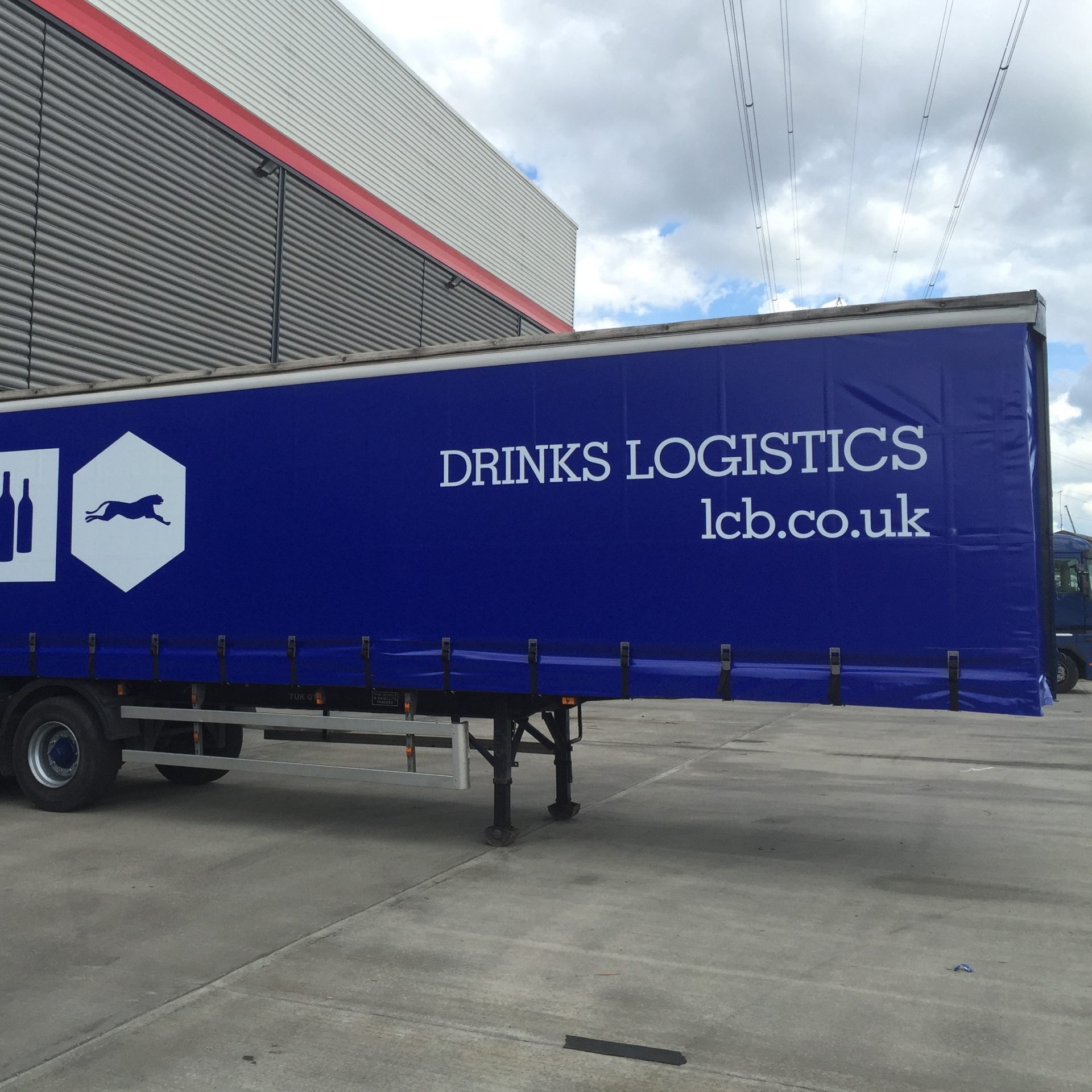This chart shows how the UK’s spirits market has changed in six years
By Edith HancockThe number of distillery businesses in the UK has jumped 30% in just a year, according to new figures suggesting the UK is on the brink of a ‘Rumnaissance’.
(Photo: UHY Hacker Young)
Spirits with unusual and innovative flavours have grown in popularity, particularly among young consumers, as has the preference to ‘buy-locally’ from smaller, urban breweries and distilleries, the accountancy said.
The number of distilleries registered has nearly trebled since 2015, according to the figures, with the number of new entrants rising at faster rates with each passing year.
Smaller, independent alcohol brands that have generated high sales growth and achieved premium pricing have become attractive M&A targets for larger companies.
Gin brand Sipsmith — launched as a micro distillery in 2009 — saw its sales in terms of volume grow at least eightfold between 2012 and 2016 on the back of the craft spirits boom. Sipsmith caught the interest of execs at drinks giant Suntory, which swallowed up the business at the end of the year.
Spanish group Diego Zamora acquired a 45% stake in Reformed Spirits Company Ltd, owner of Martin Miller’s Gin, at the start of 2018.
Halewood Wine & Spirits, meanwhile, acquired the Cornish spiced rum brand Dead Man’s Fingers earlier this year.
But while the spirits industry looks to continue its growth, James Simmonds, partner at UHY Hacker Young, identified current sales figures which suggest the UK is about to undergo a “Rumnaissance” which mimics the growth of the gin category over the past decade.
Partner Content
Atom Brands launched That Boutiquey-Rum Company last month (Photo: Atom Brands)
Rum sales in the UK hit £1billion in 2017, up from £960million in 2016, according to the Wine and Spirits Trade Association.
A number of new rum-focused enterprises have launched this year, both in the on and off-trade. Last month, a family of four running their own micro-rum distillery in London relocated to Scotland, having secured £100,000 to begin building a state-of-the-art facility Livingston, West Lothian. The owners have predicted a 400% increase in annual turnover.
Atom Brands, the company responsible for That Boutique-y Gin Company, extended its collection of limited-edition, small batch casks to rum last month. The range comprises of rare bottles and aged rums from exciting or long-lost distilleries, including the Caroni Distillery in Trinidad and Monymusk in Jamaica, as well as unexpected finds such as unaged offerings from O Reizinho Distillery in Portugal. There will also be a selection of top secret distillery bottlings aimed at the most devoted collectors.
“The growth of the UK spirits industry looks to continue into 2018 as consumer demand for premium priced spirits, an increase in M&A activity, and the rising number of distillery businesses shows no signs of slowing.”





while not denying that the UK market has evolved, this chart is giving the impression is has boomed, because you are not using the correct min scale : you are using “40” instead of “0”, thus creating a stronger slope. This is called “lying with statistics”.